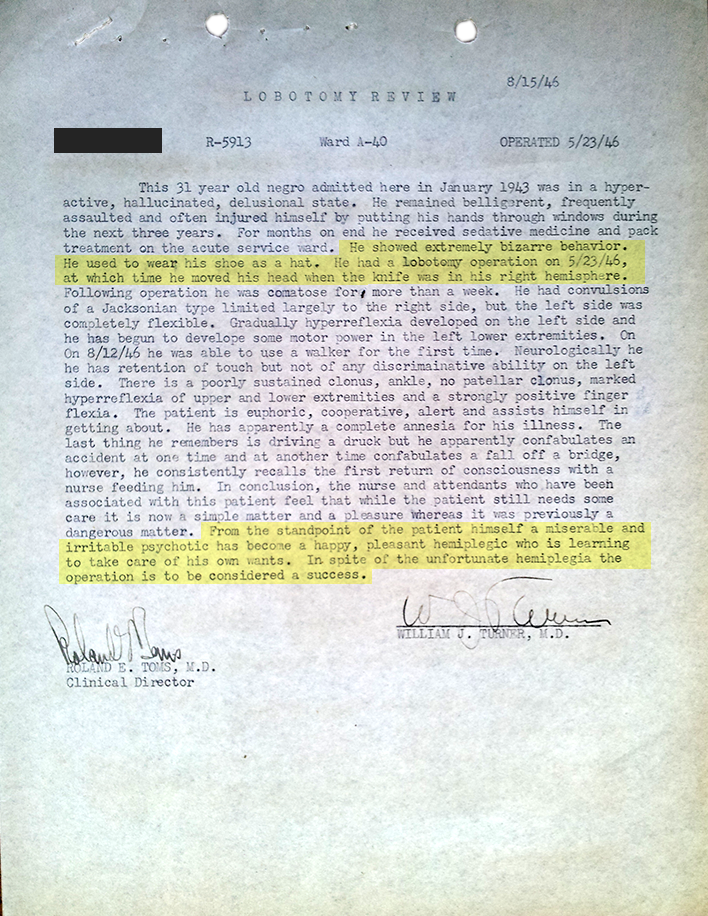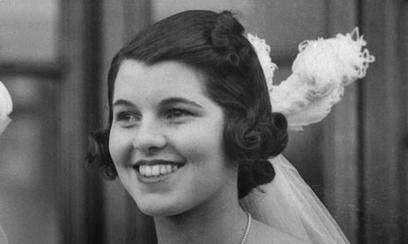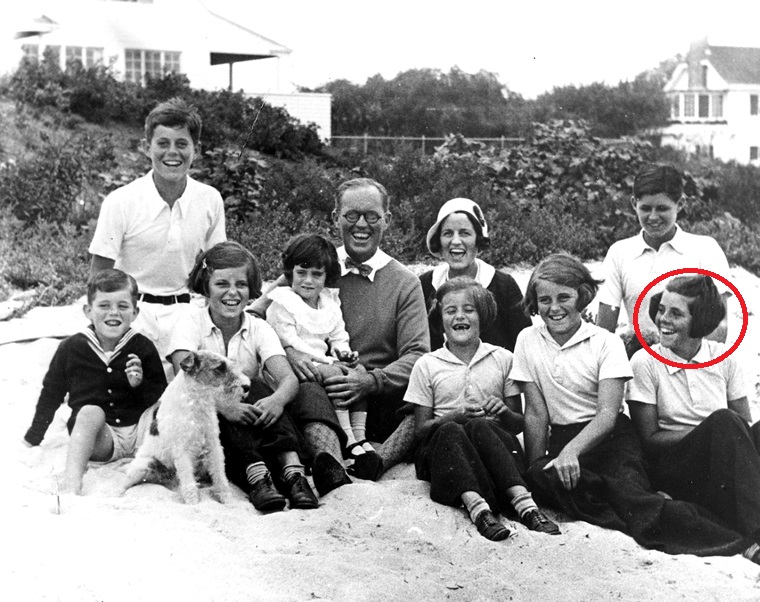Medical History: The bizarre history of the lobotomy
Lobotomy was long regarded as a medical advance, even getting a Nobel Prize for Medicine. But how did the controversial operation come about?
The history of lobotomy
Translated from the original French version
On a beautiful Christmas morning in 1888, the Swiss psychiatrist Gottlieb Burckhardt decides to take a radical approach to combating the extreme agitation suffered by some of his patients.
Assuming that certain regions of the brain were responsible for their behavioural disorders, he decided to carry out a number of surgical experiments. Burckhardt proceeded to pierce the skulls of six patients with a small trephine and examined the frontal lobes with a scalpel.
It was not really a success: one patient died as a result of the operation, another drowned in a river ten days after being discharged from hospital. There was no progress with two other patients. The last two, however, became calmer. But far too calm.
The Nobel Prize for Medicine goes to Portugal
This disappointing result dampened enthusiasm for this technology for almost 50 years. It was not until 1935 that the Portuguese neurologist Dr Egas Moniz returned to the subject. Shortly prior to this new attempt, researchers had observed that two female chimpanzees, Peggy and Lucy, no longer showed any signs of frustration, anger or excitement after an intervention on the cerebral cortex.
Moniz was inspired by this and operates on around 20 patients in a clinic in Lisbon with the help of a colleague, Pedro Alemeido Lima. The patients and their families were neither informed about the procedure nor asked for their express consent.
But there was another problem: Moniz promised to be able to "cure" diseases such as epilepsy or schizophrenia. He also believed he could treat homosexuality, which he had always regarded as a mental illness. Nevertheless, Moniz was awarded the Nobel Prize for Medicine in 1949. This award gave lobotomy a new legitimacy.
Through the eye sockets: The transorbital lobotomy
In Italy, at the end of the 1930s, Dr Adamo Fiamberti decided to simplify the Portuguese technique. Why go to the trouble of trephining skulls when it is sufficient to go through the eye socket?
Since the bone there is weak, it would be easy to push a steel tip 7 cm deep into the brain by starting at one corner of the eye and pushing forward slightly near the nose, and then rotating the instrument by 15 degrees. The procedure is then repeated on the other side. The transorbital lobotomy, a severing of the connections of the prefrontal cortex, was born.
Between 1937 and 1939, around 100 patients underwent this treatment in Italy. Although the operation led to changes in behaviour, it also resulted in a decline in intelligence, which varied greatly from patient to patient.
With a lobotomobile and an ice pick, but without anaesthesia
Dr Walter Freeman is enthusiastic about Fiamberti's idea. The American neurologist and his colleague Dr James Watts had been performing lobotomies and prefrontal leucotomies inspired by Moniz's technique for some time. In 1945, they perfected the Italian technique.
Freeman finally had the idea of using an ice pick he had found in his kitchen and hitting it with a hammer. The operation was now very quick, the operating theatre and the anaesthetic itself were no longer necessary (according to the physicians).
Three years later, Watts gave up. He was horrified by the way Freeman trivialised the lobotomy procedure. Freeman himself finally set off on his own to visit hospitals and homes in the USA in his small, specially converted lorry, which the media had christened the "Lobotomobile".
For 25 US dollars, his promise of a cure seemed almost a bargain for desperate families. No one cared about the fact that Freeman was never trained as a surgeon and operated without a mask or gloves...
"...he moved his head while the pick was in his right hemisphere [...] According to the patient himself, a miserable and irascible psychotic became a cheerful and friendly hemiplegic [...] The operation must therefore be considered a success."

Example of a surgical report (1946)
Healing... with 4,000 hammer blows
Freeman, who was convinced that he was working for the good of his patients, increasingly crossed certain ethical red lines. He lobotomised both homosexual patients at their own request and war veterans with post-traumatic disorders. Freeman even believed that he could "cure" criminals. He also operated on young patients, 19 minors in total, including a child under the age of five.
Of the 4,000 patients he operated on within a few years, 600 died some time after the operation. In 1951, Freeman looked into a photographer's camera instead of focussing on the procedure and misses the shot. The patient died.
The patients who survive are often in a near-vegetative state or remain disabled for the rest of their lives. Such was the case of Rosemary Kennedy, the sister of John F. Kennedy, who was forcibly operated on by Freeman and Watts in 1941 at the age of 23 at the request of her father, who could no longer tolerate her fits of rage.
After the operation, Rosemary had the IQ of a three-year-old child and became incontinent. She remained in an institution for the rest of her life, away from the public eye. The Kennedy clan, on the other hand, pushed through the claim that Rosemary was born with a mental disability.

Rosemary Kennedy (1938)

Rosemary Kennedy and her family (1931)
Freeman was convinced of the lobotomy to the end
After all, the development of neuroleptics in the 1950s offered psychiatrists more effective and less dangerous treatment options for schizophrenia and depression.
It is estimated that 100,000 people worldwide underwent a lobotomy between the 1940s and 1980s. However, the technique was banned in the USSR. Freeman alone carried out 4,000 such procedures in 23 states in the USA.
In 1979, his former colleague Dr Watts summarised the dangers of lobotomy: "We could predict the relief of certain symptoms, such as dark thoughts, fairly accurately. But we couldn't predict what kind of person the patient would become."
Finally, in the 1960s, it became a widespread public opinion that lobotomy was tantamount to mutilation. Freeman, however, showed a box of postcards at medical conferences, these were all thank-you notes from his patients' families. Then he travelled the country again, this time in a camper van, to take photos of his former patients. It was as if he wanted to prove that his technique had achieved good results. And perhaps to reassure himself.